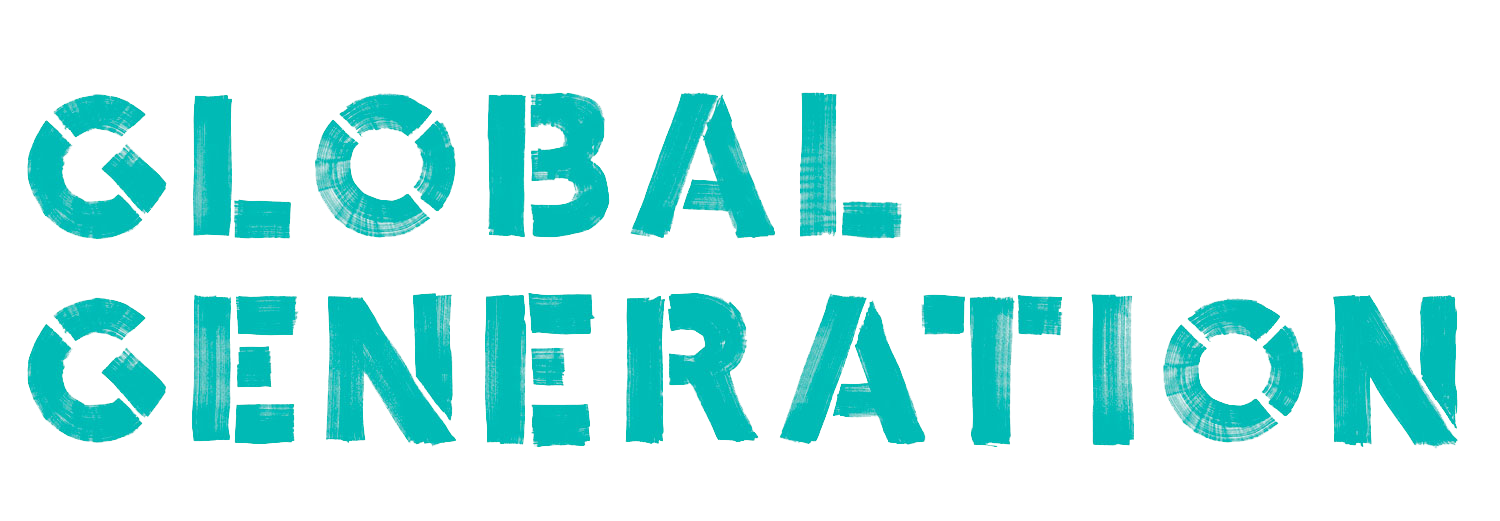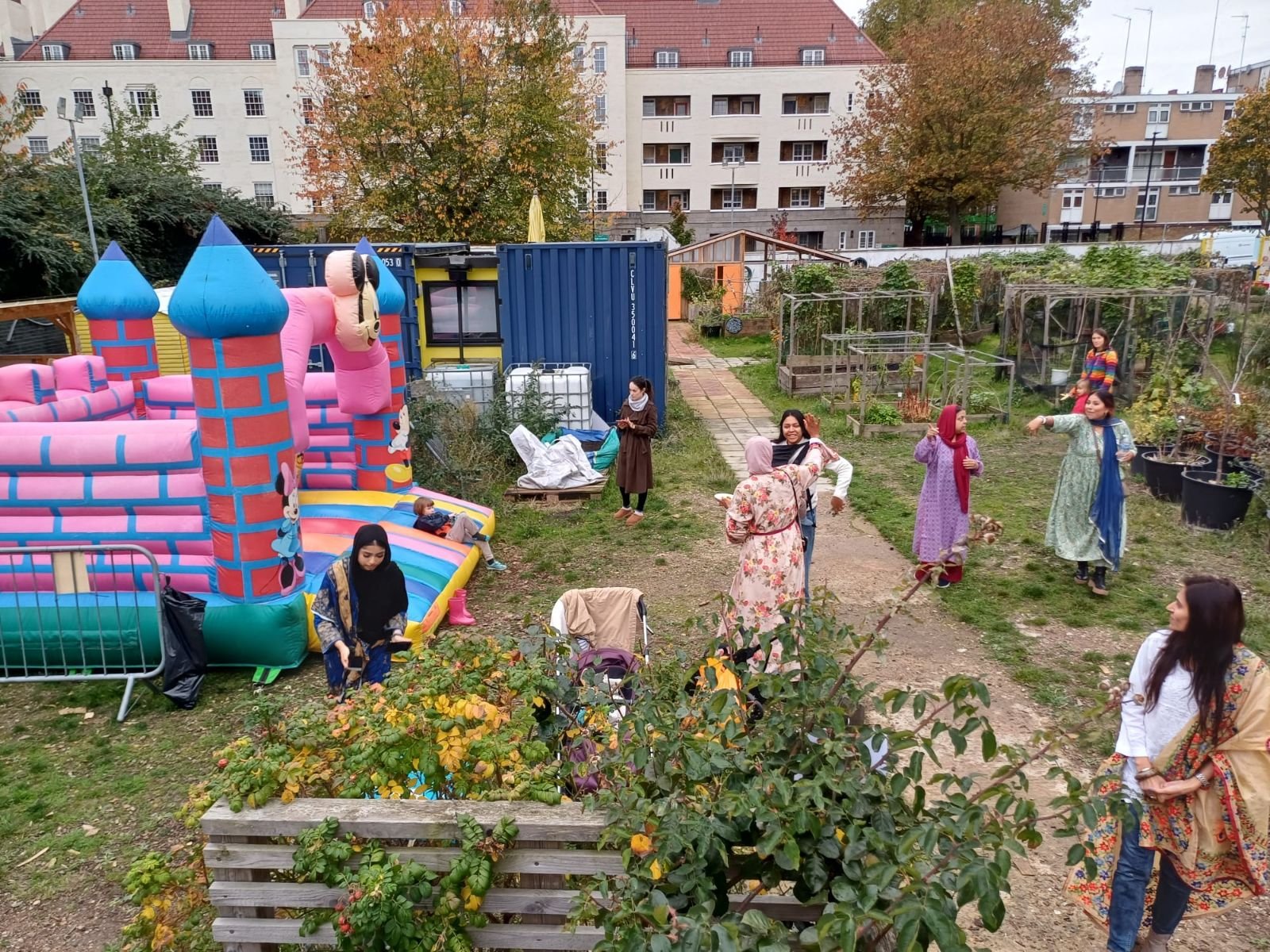FROM THE HEART OF A NEW ZEALAND NATIVE FOREST
I am sitting here overlooking a huge bush-clad gulley north of Auckland in Aotearoa, New Zealand. Ahead of me is a thick green mantle of forest giants; rimu, kahikatea, tanekaha and three huge kauri that tower above the other trees. In hot weather kererū, the native wood pigeons, swoop through the forest in their mating dance, and tui sing their trickster tale songs. At night ruru, the native owl, makes a “morepork” sound and most nights I have been here I have heard the once endangered Kiwi call. Some nights I have seen the glow worms by the stream and whilst paddling in the cold dark waters bio-luminescent limpets switch on their lights; a signal to confuse the hungry tuna kuwharuwharu, the long-finned eels who live there. How the land came to be like this is a story of love and commitment; a story of saving land from the woodchopper. How I got to be here is one of Global Generation’s stories of happenstance and connection.
Part of what makes GG’s ship sail is the wizardry of Steve Brown and Martina Legerer of Accounting Solutions for Charities. For the last twelve years they have turned our bookkeeping and accounts into a joyful thing: easy to understand visual reports that come regularly and free us up to do all the other things. Over the years Steve has said to me, if you’re ever in New Zealand, there’s a really special place to go. Finally I did go, and heard the story of the land.
Back in the early 80’s Teddy Goldsmith, a keen environmentalist and founder of the ecologist magazine was a regular visitor to New Zealand; his wife was a kiwi and he was well known on the university speaking circuit. He bought 1000 acres at auction, outbidding a large forestry concern. Teddy pulled together a group of 16 like-minded people to buy shares and commit to restoring the land. One of the original investors was Professor of Planning at Auckland University, Bob Riddell. Like Teddy, Steve, GG’s accountant, is also married to a kiwi, and Bob is Steve’s father in law. This is how, around the time of purchase Bob described the story of the Marunui land:
“Travelling up the mangrove backwater of Mangawhai River Heads, ahead is the defensive Pah hill; closer are settlement farms land-granted to world war 11 veterans, between, into a rough roaded valley which corners Itself away from all that is tagged and mechanised, lies the Marunui Forest Protection Holding.
Although invaded by early Māori from another area, who wiped out the inhabiting Iwi (local tribe) and exploited by Pākehā (New Zealanders of European descent) two forces still converge here. First a strength of presence from Pah Hill, silent sentinel, sacred to the memory of a vanquished agricultural people, a story of early myth and fact respected and left undisturbed; second the clear strength of the land itself, peaks, bush and streams intact, despite a century of resource exploitation. All this of the past but not forgotten. Now the bush, the birds, the streams, timeless in their primeval wisdom are settling the landscape again.
Today’s landowners are a collective, The Marunui Forest Protection Holding, who have come to restore grace to a faded beauty. They and their descendants will be there to further encourage a harmony of natural balance, forever undoing what previous governments should never have done (settled such land) and doing what current governments ought to do (secure such land for the nation) . The collective has a presence, cabin sites in one corner as a contemplative base from which the holding is to be restored, regenerated, refurbished. That presence signifies two qualities: grit, for there is work to be done; and grace, for intrinsic to these bold acres is beauty, silent strength and purity of air and water. Above all else those in the company are driven by a respect for the history of Māori conflict and Pākehā exploitation to dignify the land with a conservation covenant in perpetuity.”
In his different university roles Bob was early on the scene; an activist who published books on environmental planning. Now in his late 80’s he has more he wants to say; not about the land at Marunui but about how we all might live more sustainably. He calls it ‘Wellbeing’ A Code for Living Lightly. I was curious; what brought about an environmental sensibility in him when many of his contemporaries were turning the other way? Was it a sudden epiphany ? Was it the result of legendary figures like Rachel Carson? It was a gradual incremental thing was all that Bob would say. No stranger to the UK, Bob lectured for 15 years at Cambridge, understandably coming from far off New Zealand, he felt he was at the centre of things in the UK. Now he is keen for his last contribution, the Wellbeing Code to be made available through Global Generation. I am honoured that for Bob, GG feels an appropriate platform to host his work.
For him a London-based environmental educational charity like ours, seems more ‘central’ than the heart of the bush near Mangawhai Heads. In our interconnected world and with the way the internet works, I am not so sure. Nonetheless I am delighted to make the words of someone I consider to be an environmental elder, available on our website. I also hope it will be a fruitful step in growing a link between Marunui Conservation Land and Global Generation. Please feel free to comment or send us an email with any reflections or questions for Bob. As he explained to me, the point and purpose being to keep him ticking over in his dotage.







Meet our second cohort of earth build trainees! Their focus has been on all things wood, including green woodworking and the timber construction of the kitchen. They have learned on the job, while working on our sustainable natural build construction project to create our first permanent community garden, at the #TriangleSite.